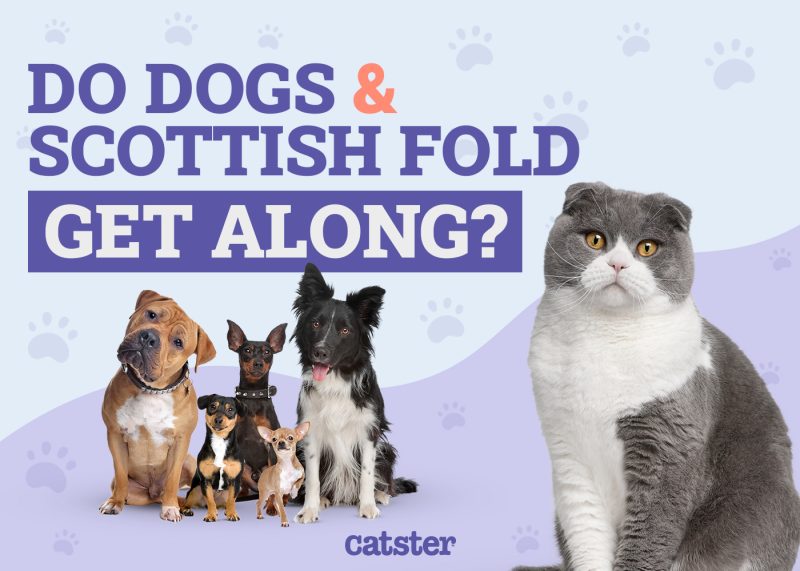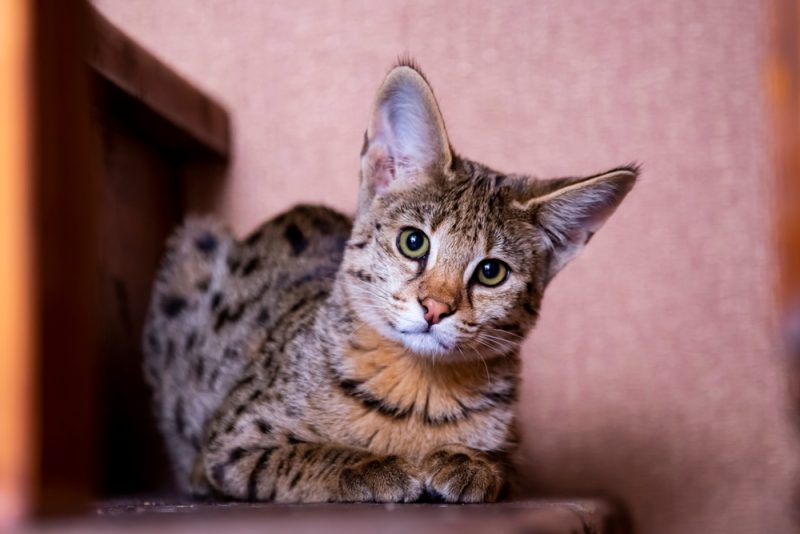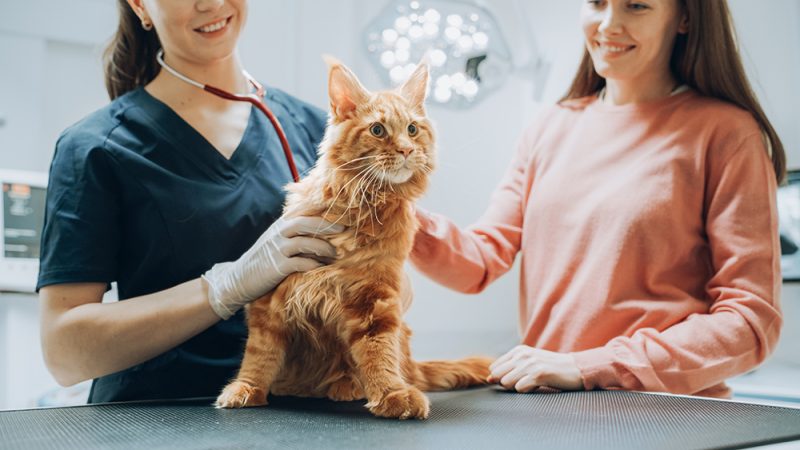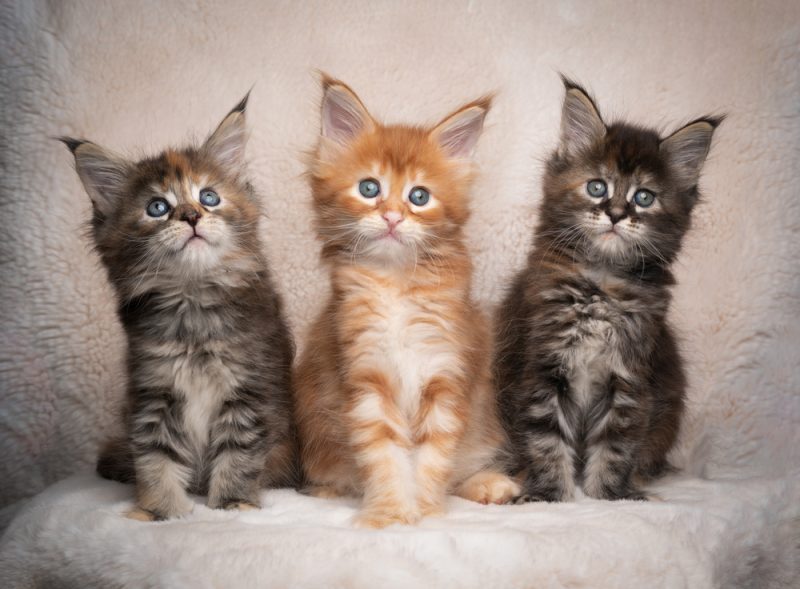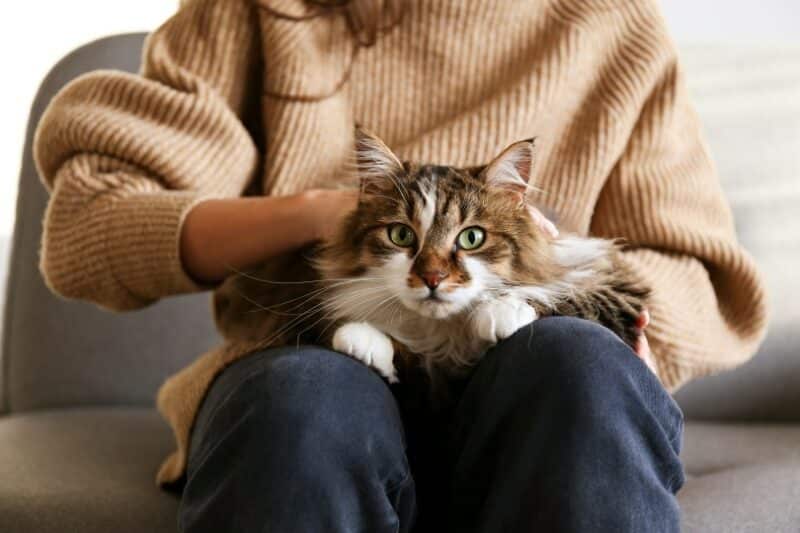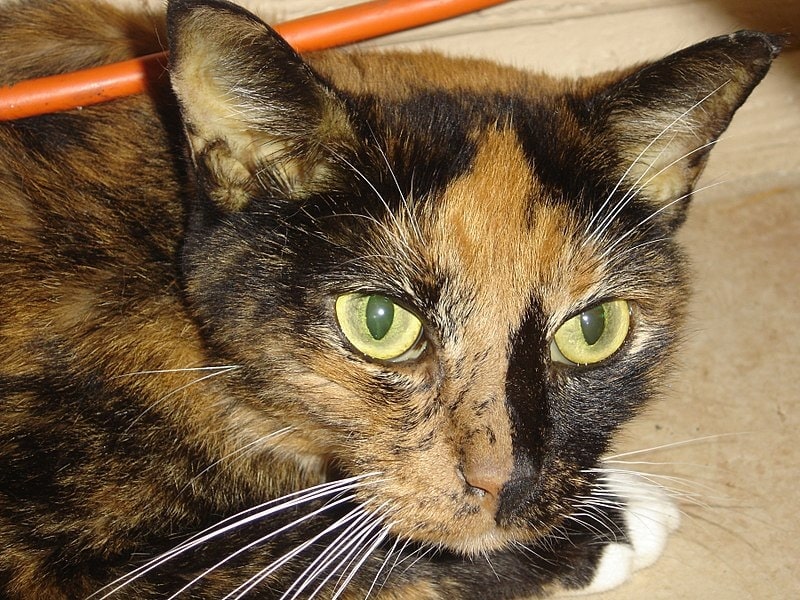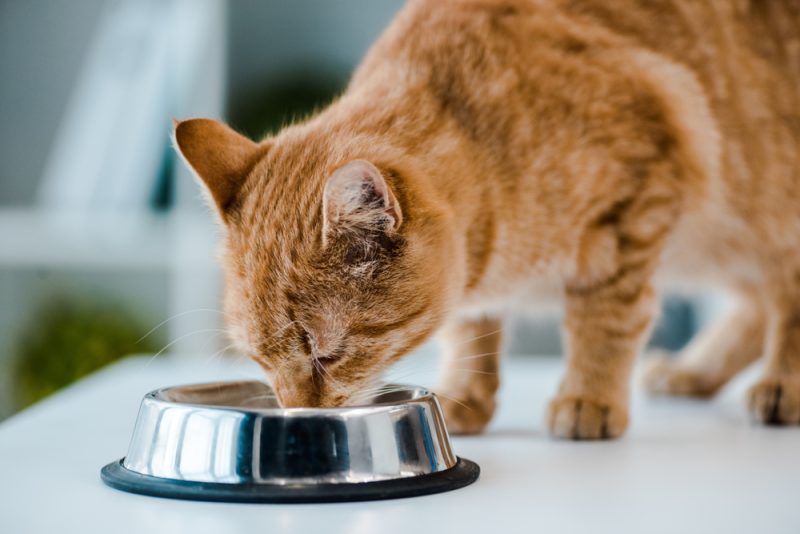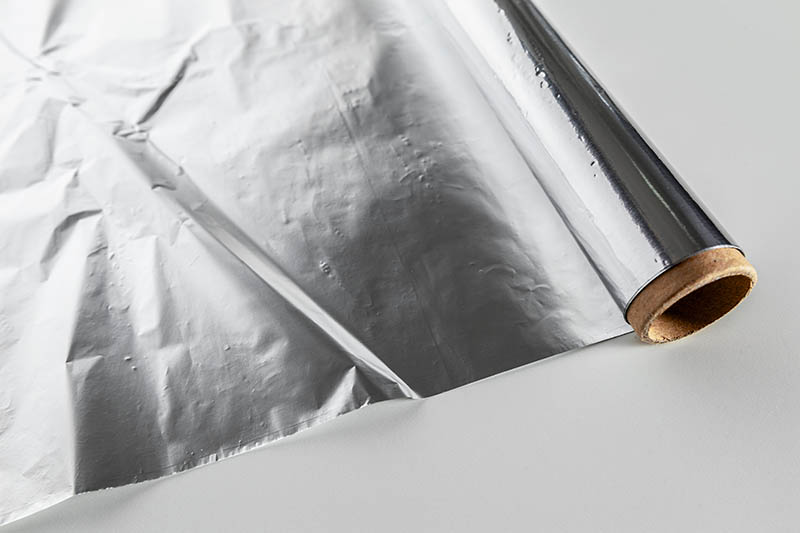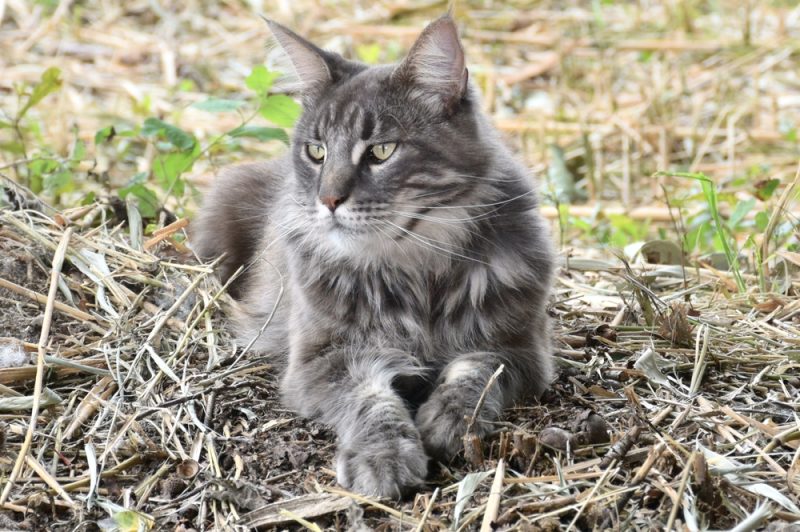In this article
View 4 More +Scottish Fold cats are sweet, mellow, laid-back, and fun. They’re known for their folded ears, chubby faces, and sweet temperaments. The breed’s folded ears are related to a genetic mutation that causes skeletal and joint deformities. Cats with folded ears suffer from osteochondrodysplasia; it’s what causes that sought-after ear flop.
Not all Scottish Folds have osteochondrodysplasia, however. Scottish Folds that don’t inherit at least one copy of the relevant gene from their parents have straight ears and don’t typically have genetically linked joint and skeletal problems. Cats with two copies of said gene (homozygous) tend to suffer from severe deformities that arise early in life and often lead to mobility limitations.
 What Is Osteochondrodysplasia?
What Is Osteochondrodysplasia?
Osteochondrodysplasia is a genetic disease that impacts feline skeletal development, often resulting in deformities such as short, inflexible tails and splayed feet with malformed toes in affected cats. All Scottish Fold cats with bent ears have this condition. The extent to which the disease impacts the breed varies significantly between animals.
The most common type of osteochondrodysplasia is achondroplasia, which results in the development of short bones like you see in Munchkin cats, many of whom also have joint and cartilage problems.
There’s no known cure for osteochondrodysplasia, and treatment varies based on the severity of the disease. Conservative management includes medications to manage pain and inflammation.
Some controversy surrounds Scottish Fold cats due to concerns regarding the ethics of intentionally breeding animals with a genetic defect linked to joint, cartilage, and skeletal deformities, as well as the development of osteoarthritis. While the International Cat Association (TICA) recognizes the breed, neither the Fédération Internationale Féline (FIF) nor the Governing Council of the Cat Fancy (GCCF) in the United Kingdom acknowledges Scottish folds.
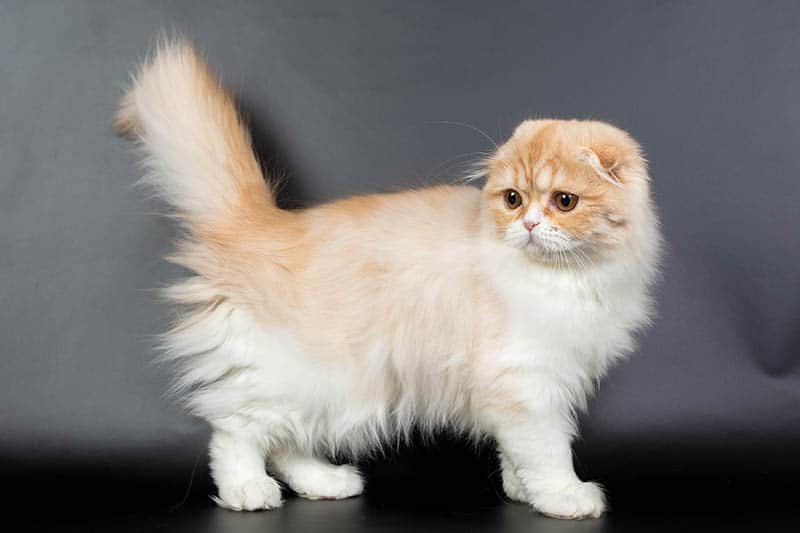
What Are the Signs of Osteochondrodysplasia?
Osteochondrodysplasia shows several signs, which are listed below:
- Intense pain
- Difficulty walking
- Severe discomfort when being petted or handled
- Often have disproportionately large heads, undershot jaws, short noses, and crooked teeth
- Short bones, enlarged joints, bowed legs, and spinal issues
- Poorly formed toes
- Short, thick tails that lack flexibility
- Debilitating osteoarthritis
Cats begin showing signs of the condition at various ages, with some being born with obvious physical deformities associated with the disorder, such as a curved spine, and others developing joint problems later in life. Sign severity varies from cat to cat, as does the extent of any skeletal deformities. Many cats that develop severe problems ultimately lose the ability to walk or jump.
Seek veterinary advice if you’re concerned about your pet’s well-being.
If you need to speak with a vet but can't get to one, head over to PangoVet. It's an online service where you can talk to a vet online and get the advice you need for your pet — all at an affordable price!

What Are the Causes of Scottish Fold Osteochondrodysplasia?
Osteochondrodysplasia is a genetic disorder related to the autosomal dominant gene that causes the sought-after ear fold in these cats. Cats only need one copy of the gene to display the trait, which explains why some Scottish Fold cats don’t have folded ears. Scottish Fold cats that don’t inherit at least one copy of the gene have straight ears. Cats with one normal and one folded ear gene develop the trait, as do pets with two copies of the folded ear gene.
All Scottish Folds with one or two copies of the impacted gene have osteochondrodysplasia to some extent, with signs varying between cats.
Cats with just one folded ear gene, heterozygous kitties, have the condition but often have fewer physical issues. They’re also less prone to developing issues such as fused joints. Almost all cats with two copies of the folded ear gene, homozygous pets, develop debilitating skeletal and joint problems, often leading to lameness quite early in life. X-rays commonly show severe skeletal deformities in homozygous cats as young as 7 weeks old.
Many cats with the condition do just fine with a few lifestyle adjustments and medication. Others may require surgery to address a serious skeletal defect. Blood tests, urinalysis, tissue samples, and X-rays are used to diagnose the disease, along with information about your pet’s medical history and genetic background.
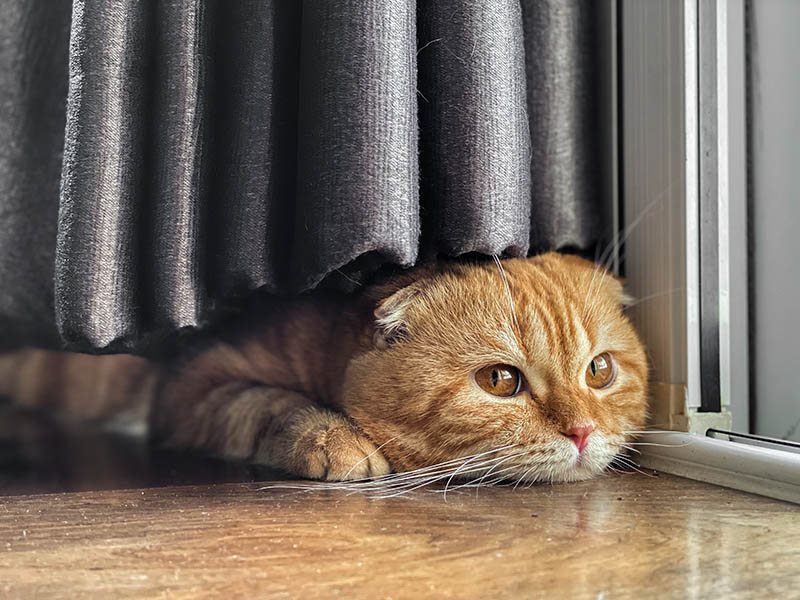
How Do I Care for a Scottish Fold With Osteochondrodysplasia?
There’s no cure for osteochondrodysplasia. It’s a chronic and progressive condition. Homozygous cats with severe disease often face major physical limitations from a young age. These cats often suffer a great deal of pain and may be euthanized, even when relatively young.
Cats with one copy of the gene tend to be healthier, although most usually develop osteoarthritis or other joint conditions. These kitties can often lead long, happy lives with a bit of medication to help with the pain and minimize inflammation.
Here are some other things you can do to care for them:
- Some veterinarians recommend glucosamine and chondroitin supplementation to help ease feline joint pain and strengthen inflammation-damaged cartilage.
- Because all cats with the folded ear gene have joint issues, it’s critical to keep your pet’s weight under control, as overweight cats of all breeds are more likely to develop osteoarthritis.
- Gentle exercise is a great way to limit feline weight gain. It’s also excellent for your cat’s mental health and provides stress relief. Aim for around two or three 10-minute play sessions per day. Make sure to only engage in activities that don’t trigger pain in your cat’s delicate joints and bones.
- Ramps and litter boxes with low sides can go a long way toward improving the comfort of cats with limited mobility. And if your home has stairs, consider putting your cat’s litter box, food bowl, and water fountain on the same floor to make things easy for your pet to access.

Frequently Asked Questions (FAQ)
Read on for answers to the most frequently asked questions about Scottish Fold cats and osteochondrodysplasia.
Is There a Way to Test for the Condition?
Yes. Because osteochondrodysplasia is a genetic condition, there are saliva-based tests that identify the gene. Testing is often used to gather more information about the precise genetic makeup of folded-ear cats under consideration for breeding.
Cats with one or two copies of the requisite gene display the folded ear trait, so you can’t identify the precise genetic makeup of a floppy-eared cat just by looking. If you have cats that carry two copies of the gene, all offspring from the pairing will have two copies of the gene, floppy ears, and a heightened risk of suffering from severe osteochondrodysplasia since the disease is usually more pronounced in homozygous cats.

Are Male or Female Cats More Likely to Develop the Disorder?
While many genetic diseases have a sex-based link, the osteochondrodysplasia gene can be carried by both male and female cats. One sex isn’t more likely than the other to carry the trait or develop more serious signs. The number of folded-ear genes a cat has is far more important for predicting disease severity, with homozygous animals typically developing more severe deformities.
Conclusion
Scottish Folds make great pets because of their personality and unique look, but the genetic trait that gives these cats those ears also causes osteochondrodysplasia. Folded ears are a sign of the condition. Straight-eared Scottish Fold cats don’t suffer from osteochondrodysplasia as they don’t have any copies of the relevant gene. Disease severity depends primarily on whether a cat has one or two copies of the floppy ear gene. Heterozygous pets tend to have less severe signs, although many develop arthritis over time. Homozygous cats are often born with skeletal defects that quickly worsen and often progress to the point where they can no longer walk or jump.
See Also:
- Osteomyelitis in Cats: Signs, Causes & Treatment (Vet Answer)
- What Exactly Is Osteochondrodysplasia in Cats?
Featured Image Credit: Alice Rodnova, Shutterstock
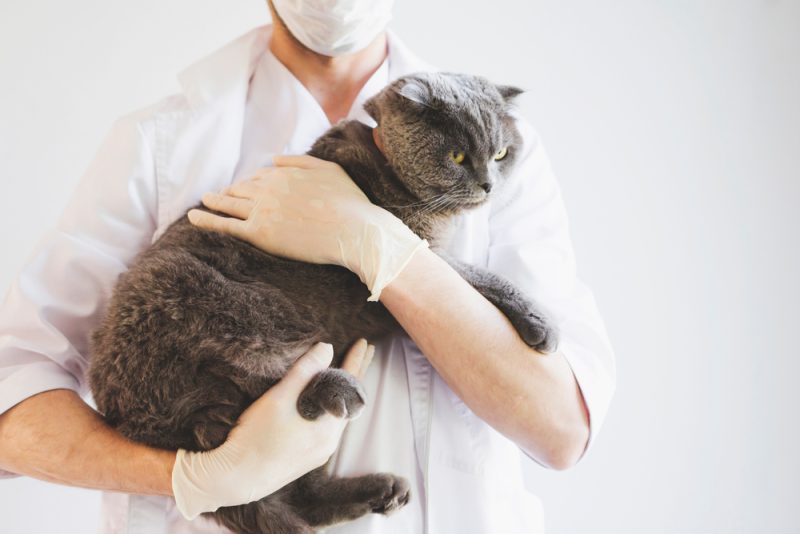
 What Is Osteochondrodysplasia?
What Is Osteochondrodysplasia?
